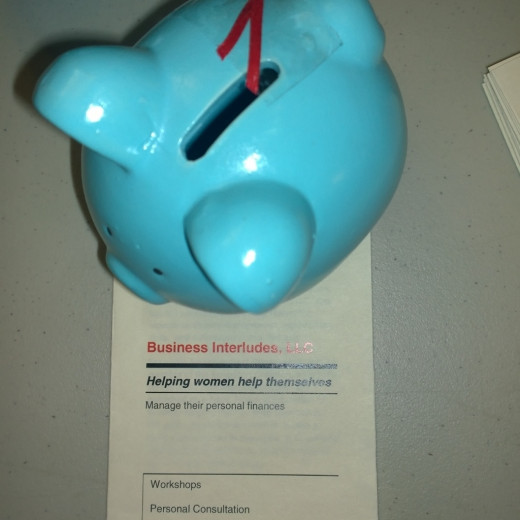How to Stick to Your Saving Goals
Many people would like to save money but have a tough time sticking to a plan or knowing where to start. The values of budgeting and saving are obvious, but what many advisors don’t explain is how to see our financial goals materialize when we get off track.
Saving for the future does not mean that we have to postpone current gratification in order to enjoy more tomorrow. What it does mean is that we must plan and execute to be able to enjoy spending now and still save some for the future. Most importantly, it means that we play with different methods until we find a plan that works for us.

Each of our needs are different, so are our goals and the way we process information or even choose to reach our milestones. But to become smart investors, we must first understanding our needs, plan for those needs, and then carefully monitor our money habits to incorporate a saving method that will help us become smart savers.
-
Before deciding on a budget, we first must understand what our sources of income are and how we’re using them. The first step is to organize your financial information so it is easily accessible. This includes gathering all account numbers and passwords and storing it at a central location. Many smart phones are now equipped with password protected apps that allow users to store financial and personal data right on their phone. The apps can’t be accessed without a private password, giving users that added protection against identity theft. Computer documents are another way to store financial data that can be password protected as well. For those weary of storing anything on a computer, a simple organ file with divided tabs works just as well as long as it is kept in a safe place. This step is important for two reasons. First, you can work faster to resolve any account problems that may arise if all your information is stored in one place. This prevents you from having to chase paper statements and bills if a crisis comes up. Second, it will encourage you to log on more often to check your balances and verify your purchases.
-
Before developing a savings plan, track your spending habits for a month. A simple budgeting template or a reliable website can be used. Understand what makes up your income and how you spend it. When considering your income, include any extra money you have access to, such as child support and alimony. The goal is to detect where you may be overspending your money and where you could cut back on spending. Another option is to download your monthly bank statements to a worksheet and evaluate your spending habits. Set goals and create a budget. These goals should include short-term and long-term ones. Short-term will include normal expenses, such as rent, mortgage, debt, and bills. Also set aside some money for entertainment and clothing expenses. Long-term goals include any vacation plans or additional splurges you are considering. Once you have identified these categories, find a budgeting template that suits your lifestyle or use an online site to stay on task. Mint.com and creditkarma.com are two sites worth visiting. Users can open an account and link their financial accounts to the site where they can see instant updates as transactions occur. There is also the added benefits of credit scores, credit card information, and budgeting tips. Opening an account is free to the general public.
-
If you’re not somebody to keep up with budget plans and templates, commit to putting aside a specific amount of money every month. This lump sum can be saved in a separate account under the condition that it won’t be used except for the goal you have set. If you’re the type that may fall behind on putting away that money, have it automatically transferred to this particular account. As they say: out of sight, out of mind. If you don’t have access to it, you will be less likely to use it.
-
Expect the unexpected. Part of your saving strategy should include those unexpected events that show up without any warning. To prepare for such uncertainty, make sure you re-evaluate your budgeting plan every few months. Some specialists recommend opening a separate account for emergencies. If that’s not possible, try to cut back on needless spending or only spend what you have. Bank accounts are now easily accessible over smart phones and computers. Get into the habit of checking your accounts on a regular basis to ensure you are staying on budget.
The reason many people fail to save is because they can’t find a plan that works for them. Shop around for a technique that works for you. Whatever method you use is fine, as long as your financial records are organized and you commit to putting money aside that isn’t as easily accessible as the rest of your budget is.








